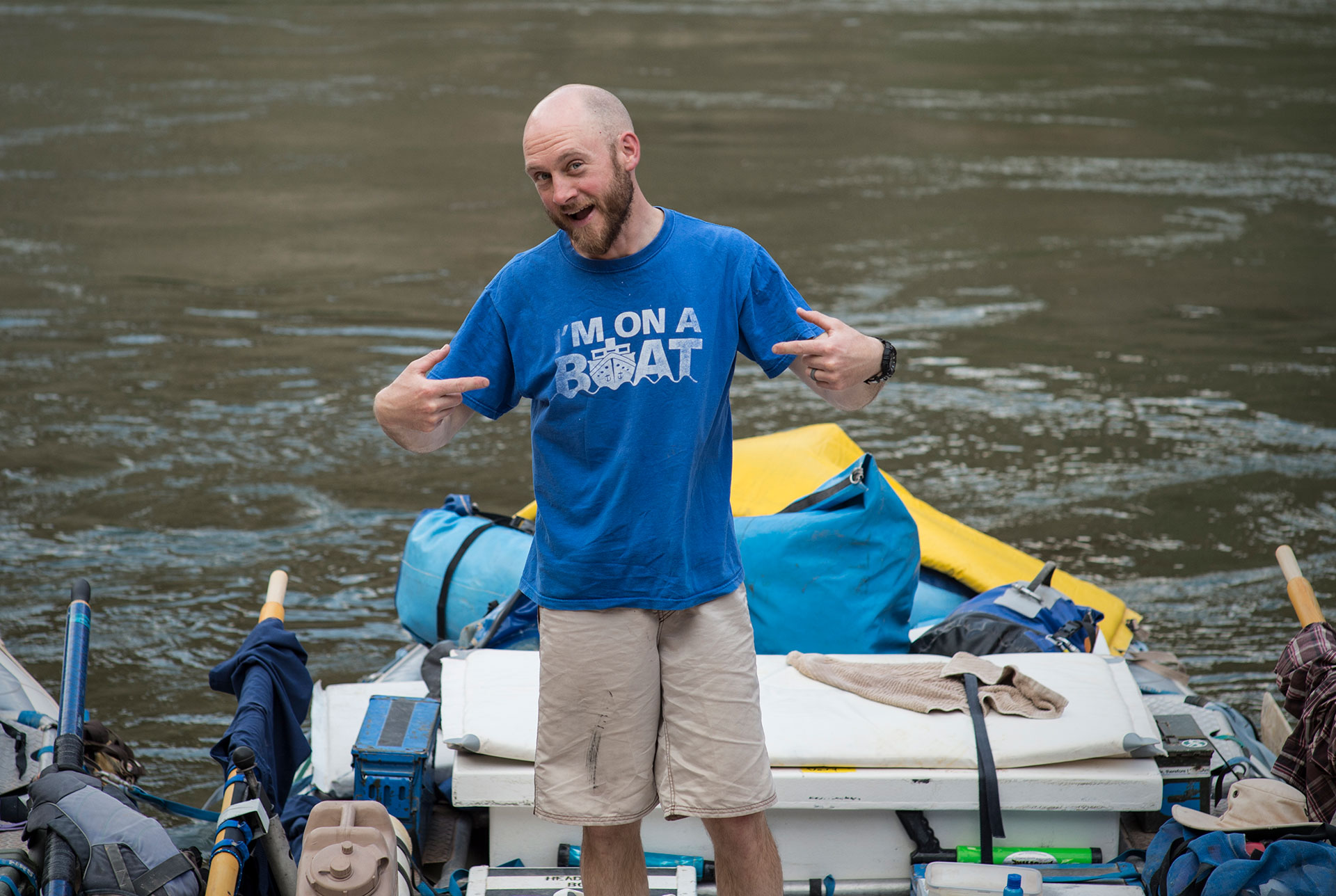As winter creeps toward spring, boats are unwrapped, repaired, blown-up and trailers are readied for that first float of the year. As such, I thought it good time to get a conversation going about river etiquette. New to the game? Read on. Been boating for 20 years? Cool. Join the conversation and perhaps float (pun intended) an idea or two I missed below. We can all benefit on the river from open and honest communication and by following a few common-sense rules.
1. Abide by all regulations. That’s your job as captain of the boat. Are there PFD (life jacket) requirements on this section of river? What’s public land? What’s private? What are the rules for vessel size or are motors allowed? This is all your responsibility as the person putting the boat in the water. Figure it out before you go.
2. Always treat moving water with respect. It’s dangerous even at slow speeds or shallow depths.
3. Boat ramps are for launching and taking out, period. If you’re not ready to put that boat in the water and push off or move downstream almost immediately do not get on the boat ramp. I’d say the most you should ever spend on a boat ramp is five minutes, at most. Even that’s a bit generous. Any more than that and you’re definitely doing it wrong. Conversely when you take off do not break down your boat on the ramp. Get your goat rodeo from the day together quickly and pull up and off the ramp to pack up for the ride home.
4. I personally like to communicate with others on the river whether in a boat or wade fishing. If you know what their general plans are and they know yours, the day always seems to go much better. Without being rude or intrusive, I ask questions like where are you taking out? What campsite are you hoping to get? Do you mind if I linger at the honey hole at mile 3.5 for lunch? People are sometimes weirded out by this, but most see the light when they realize I won’t beat up their favorite dry-fly run with a streamer before they get there.
5. That said, don’t get too close to others if it doesn’t make sense. A lot of people, once on the river, aren’t there to get their ears talked off. If someone is being quiet, anchored fishing dries, perhaps a little waive is all that’s needed as you float by.
A good analogy here is like a highway onramp. Just think of it like you don’t want to cause an accident.
6. Pay attention when passing. This pertains to folks wade fishing or in boats. As you approach someone fishing on the bank or in a stationary or anchored boat, slow down, give a very very wide berth and quiet your oar strokes.
7. This also goes for getting back into the current if you’ve been anchored up. Before you start rowing again, look around and make sure there aren’t any boats close. Try to size up incoming boat traffic before making a move from shore out into current. Let them pass and get a good long ways down if they are moving fast — a few hundred yards at least. Or, if said boat is moving slower, working water, go as fast as you can and put some distance between the two of you. A good analogy here is like a highway onramp. Just think of it like you don’t want to cause an accident.
8. Do not anchor in the middle of the river when the channel is not big enough for other boats to safely pass forcing their captains into tricky rowing situations or small side channels.
9. Leave the river corridor cleaner than you found it. You’re in a boat for God’s sake. It’s bigger than your trash can. Pick up some trash throughout the day.
10. Always remember the Golden Rule. If you treat others the way you would want to be treated, it usually all works out in the end.
We post in Thalweg, TU’s boat blog, several times a week. You can read all posts here.



